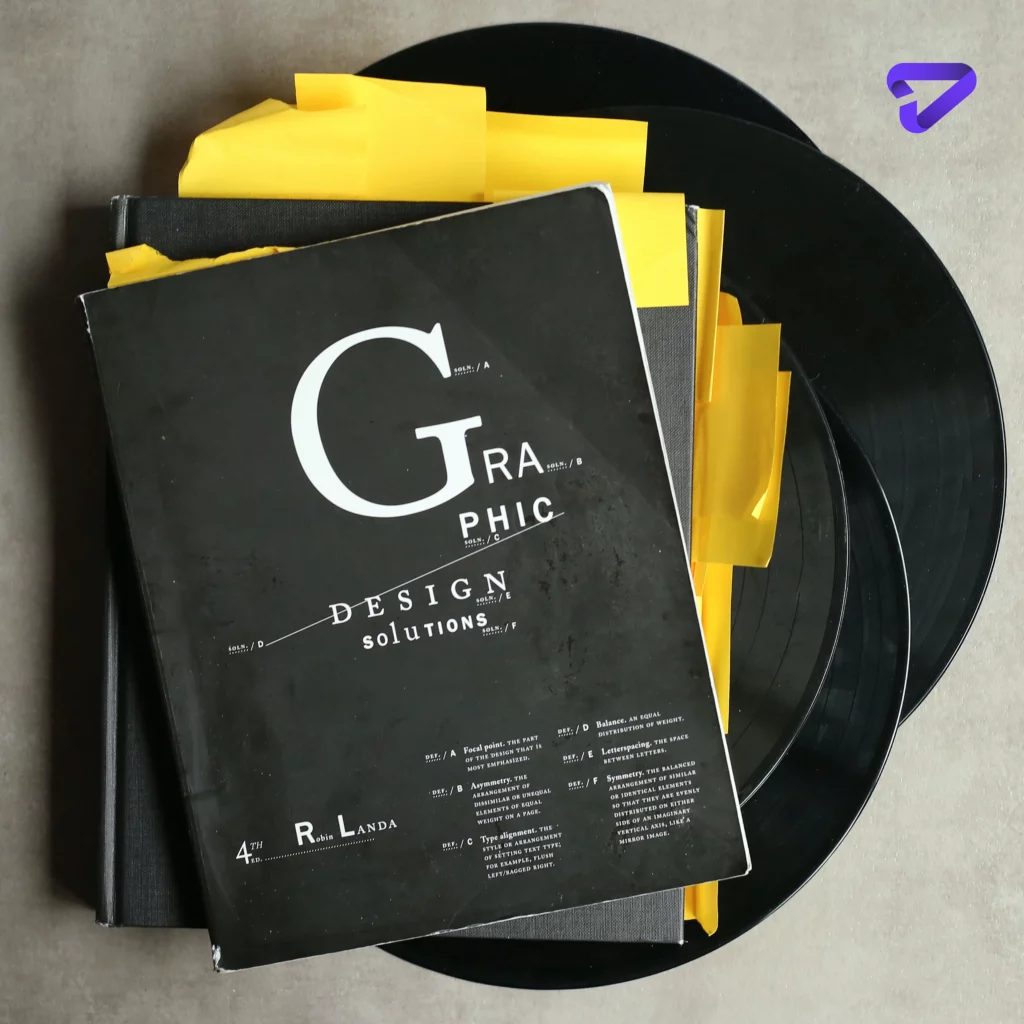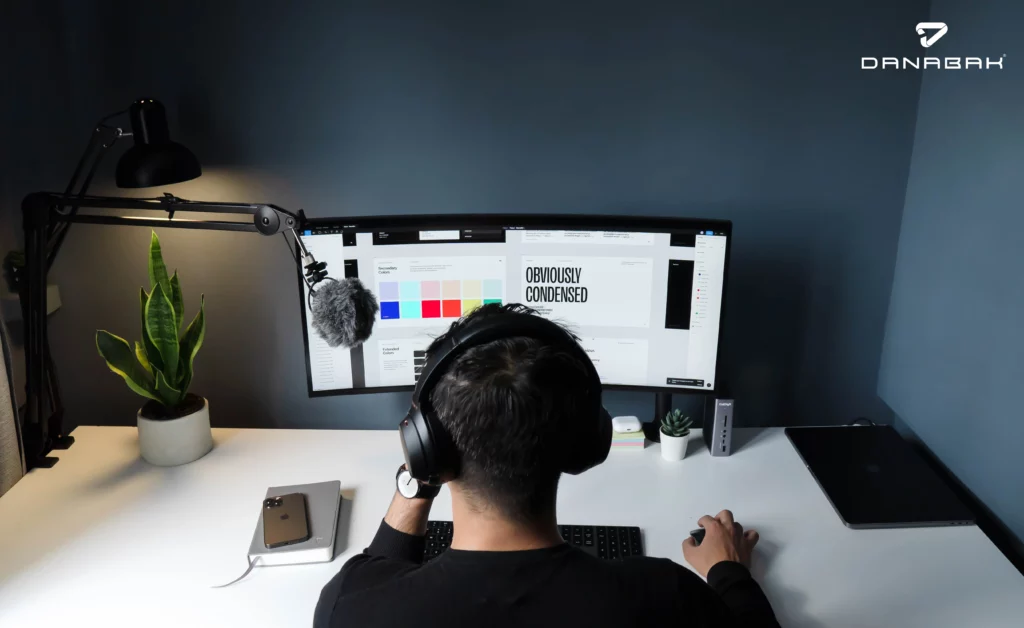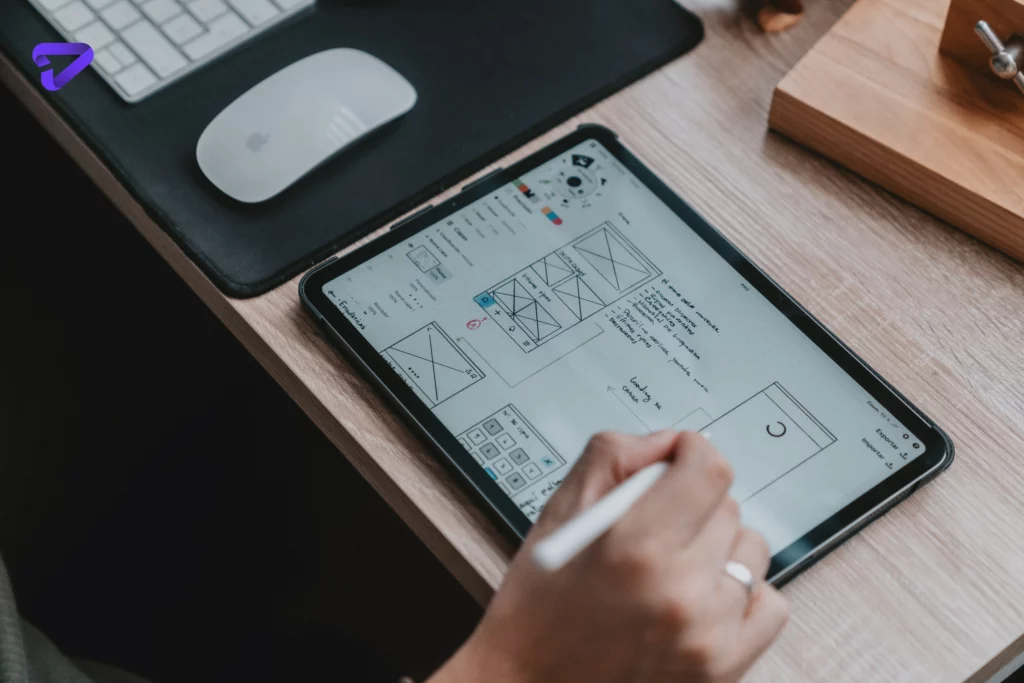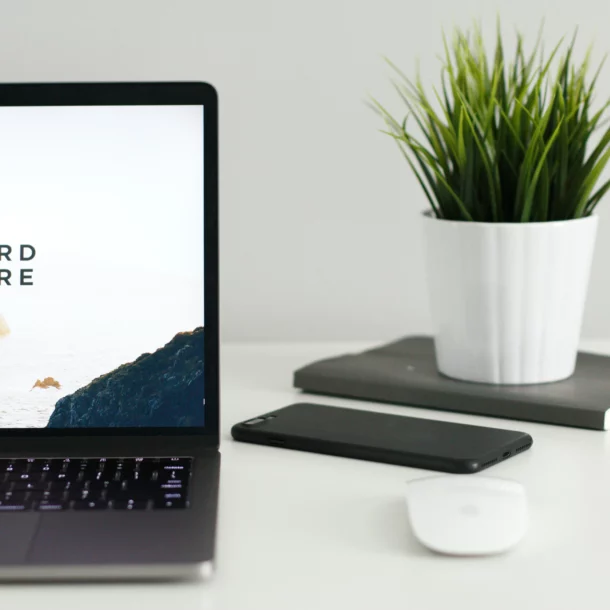
What are the 7 types of graphic design?
The Magnificent 7: Exploring the Top Types of Graphic Design
From print to digital, graphic design takes on many forms today. At its essence, graphic design uses visuals to communicate messages to an audience. But within this broad definition lies a diverse spectrum of design disciplines. So, what are the types of graphic design? Read on as we break down the 7 major types of graphic design and the unique role each plays.
Logo Design
Recognizable and impactful logo design is a cornerstone of graphic design. Logos create visual brand identities and immediate association with a company in the minds of consumers. They condense everything a brand represents into one symbolic mark or signature.
Effective logos like the Nike swoosh, McDonald’s golden arches, or Apple’s fruit silhouette speak volumes about a brand. Logos must be versatile, scalable, memorable, and rich in meaning. Logo designers focus all their creative talents on crafting these compact yet powerful visual representations for brands.
The creation of an effective brand logo is no simple feat. It requires an immense understanding of color theory, visual communication, consumer psychology, and design principles. Logo designers must be able to extract the core ethos of a brand and distill it into a simple, evocative image. Extensive brainstorming, research, sketching, and refinement are necessary to develop logos that click with target audiences. Testing logo concepts across demographics reveals what resonates. Logos must strike a careful balance between highlighting a brand’s uniqueness and remaining familiar enough to be recognizable. This is what sets excellent logos apart.

Packaging Design
Think of graphic packaging design as a brand’s outfit – it needs to attract attention, be recognizable, display the product nicely, and align with the brand identity. Packaging designers work magic to make products stand out on crowded store shelves and convey marketing messages through visuals and text on the package exterior.
Packaging design sells the product before it’s even opened through creative shapes, colors, typography, and graphics tailored to the item and target audience. Designers also focus on function, ensuring packaging is user-friendly and echoes the look and feel a brand desires.
Like fashion designers, packaging designers must consider fit, form, and function and ensure their designs are aesthetically pleasing and align with the product, brand, and consumers. Materials, textures, openings, and closures must all be evaluated. Packaging must protect the contents while allowing easy access. Clever structural choices and special coatings or treatments can add sensory impact. Packaging design considers the entire consumer journey from first encounter to opening to reuse/disposal. Sustainability has become a key priority as well. Successful packaging wows consumers while showcasing the product and brand story.
Publication Design
Publication design covers visual content and layouts within print publications like books, magazines, and newspapers. These designers focus on typography, photography, illustrations, structure, and readability to best present content and enhance comprehension.
Adapting designs to various page sizes and formats while maintaining organized layouts and seamless spreads keeps publication designers on their toes. They aim to make publications easy to follow and navigate while giving informative content visual appeal from start to finish.
To optimize readability and layout flow, publication designers must obsess over details like line widths, spacing, grids, margins, and column structure. Typography choices like font, size, line height, and tracking impact comprehension. Strategic use of titles, photos, graphics, colors, and white space improves engagement. Publication design requires immense precision and craft, especially regarding the interplay between images and text. Each story requires its design considerations. Maintaining cohesion across hundreds of pages in a book or magazine also proves challenging. Publication designers have an acute sense of pacing content for maximum impact.

Marketing & Advertising Design
In one of the most fast-paced fields, marketing, and advertising designers create eye-catching visual content to promote brands, products, and services. This includes advertisements, billboards, brochures, catalogs, digital banners, infographics, flyers, pitch decks, and beyond.
These designers deploy bright colors, compelling imagery, inventive copy, and strategic layouts to develop memorable, impactful marketing materials that capture public attention and effectively communicate key messages.
The breadth of deliverables keeps marketing and advertising designers on their toes. Campaigns may involve web banners, social media graphics, outdoor signage, direct mailers, in-store displays, and more. Designers must craft a visual identity and style that carries across mediums. Creativity and storytelling are key to engaging audiences. Clever metaphors and analogies translated visually make messages stick. Data visualization also plays a significant role. Marketing designers are masters at highlighting and explaining data in sleek infographics or charts. Distilling complex product benefits into simple graphics is crucial. Knowledge of marketing strategy and emerging technologies expands their toolkit.
UI/UX Design
UI (user interface) and UX (user experience) designers focus on digital products and making technology visually intuitive and straightforward to interact with. They design interfaces for apps, websites, video games, and software to optimize user interactions and satisfaction.
UI/UX designers streamline navigation, minimize confusion, and create logical, seamless flows to meet user goals and expectations. Testing interfaces and gathering user feedback informs iterative improvements to the overall visual experience.
UI and UX may sound technical, but graphic design expertise is crucial. UX designers map how users move through apps and sites, creating information architectures and intuitive paths. UI designers focus on look and feel – layouts, menus, buttons, icons, and responsive elements that users interact with. Visual consistency and cues for interactions are essential. UI/UX designers constantly test prototypes and make tweaks based on how users respond. User psychology and behavior analysis shape empathetic designs tailored to end goals. UI/UX design improves satisfaction, efficiency, and functionality through smart visual problem-solving.

Environmental & Spatial Design
This expansive category involves designing visual components of physical spaces. Examples include retail store interiors, museums, event displays, exhibitions, signage systems, hospitality venues, pop-up shops, and commercial spaces.
Environmental designers focus on creating engaging visual experiences within the given space. They arrange graphics, typography, imagery, structures, lighting, colors, and textures to generate immersive environments tailored to a location and purpose.
Spatial designers wield many graphic design tools – color palettes, typography, iconography – at an architectural scale. They design seamless branded environments that align aesthetically with the brand identity and story. Pacing movement through the space with a wayfinding design helps focus attention. Juxtaposing materials, forms, and layouts keep visual interest high. Interactive displays engage audiences. Retail spatial design spotlights products and influences shopper behavior through smart merchandising and layouts. Many spatial designs are temporary, like exhibits and pop-ups, adding more complexity. Spatial graphic designers consider experiences in three dimensions, maximizing visual impact within physical contexts.
Motion Graphics Design
For graphic design that moves, motion graphics is the specialty. Motion graphics designers use animation and visual effects to craft engaging videos, TV and film titles, dynamic web content, game visuals, and other animated media.
Their multimedia presentations combine motion, text, images, typography, illustration, photography, and cinematography. Motion graphics make static content visual, dynamic, and exciting. With the popularity of digital formats, motion graphics designers are increasingly in demand.
Motion graphics designers have a firm grasp of animation principles and employ graphic design skills. Typefaces, color palettes, and layouts layered into scenes create visual interest. Cinematic camera movements guide focus. Clever transitions stitch scenes together smoothly. Motion designers time animations and effects to sync with audio tracks. Their visual narratives lead viewers step-by-step through content with motion and visual metaphors. Rapid prototyping allows testing animations before investing time in polished scenes. Motion graphics provide a significant impact in a captivating, shareable format.

The Many Flavors of Graphic Design
Now you know all there is on what are the different types of graphic design? The graphic design assumes so many forms in the modern visual landscape. This broad spectrum of design disciplines keeps the field fresh, challenging, and ever-evolving. Whatever your brand’s visual communication needs may be, the graphic design experts at Danabak are here to help! Reach out today for custom graphic design services from our talented graphic designer charlotte nc team. Let’s create something memorable together!








